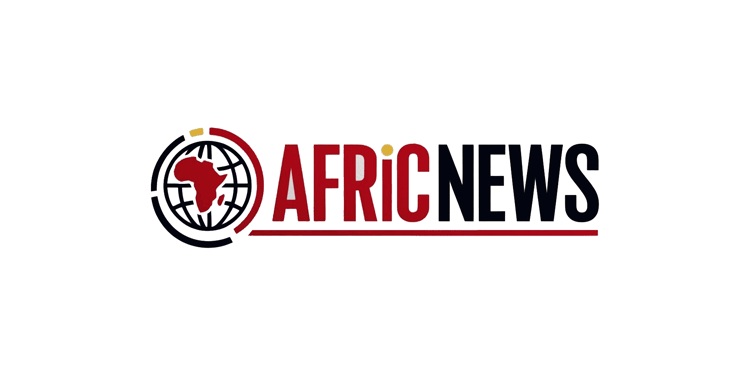Title: Evaluating the Consequences of Increased Tariffs and USAID Reductions on Lesotho’s Economy: Insights into U.S. Policy Adjustments
The recent implementation of a 10% tariff on imports from Lesotho, alongside proposed reductions in USAID funding, marks a pivotal change in U.S. foreign policy that raises critical concerns regarding the economic future of this southern African nation. As Lesotho faces significant growth hurdles and high unemployment levels, these developments threaten to deepen existing vulnerabilities while obstructing advancements in vital sectors such as textile manufacturing—an essential component of its export economy. Analysts caution that the combined effects of heightened tariffs and diminished foreign aid could precipitate economic instability, complicating Lesotho’s journey toward enduring progress. This article examines the potential consequences stemming from U.S. policy changes for Lesotho’s economy, labor market, and citizen livelihoods.
Tariff Implications for Lesotho’s Export Sector
The introduction of a 10% tariff on exports from Lesotho presents considerable challenges to its economic framework, notably impacting the garment sector that serves as its export backbone. Given that this nation heavily depends on international trade relationships, rising costs are likely to squeeze profit margins and diminish competitiveness among local manufacturers who may struggle to manage increased expenses. Possible repercussions include:
- Decreased profit margins for current businesses.
- Higher retail prices for consumers abroad.
- Narrowed access to international markets, leading to reduced demand.
Additionally, with anticipated cuts to USAID funding limiting access to crucial financial resources historically allocated for infrastructure development and capacity building projects within Lesotho, these changes further underscore how reliant the nation’s economic stability is on global relations and policy decisions.Key implications may involve:
- Sluggish recovery rates following COVID-19 disruptions.
- Pushed-back investments in technological innovation.
- A rise in unemployment rates, should businesses downsize or shut down operations.
| Economic Metric | Status Pre-Tariff | Status Post-Tariff | |||
|---|---|---|---|---|---|
| Export Growth Rate (%) | 5% | 2% | |||
| Total Manufacturing Investment ($ million) | $100 million | $70 million | |||
| Concern< /Th > | Potential Impact< /Th > | ||||
|---|---|---|---|---|---|
| Health Services | Increased mortality rates | ||||
| Quality Education | Higher dropout rates | ||||
| th > th > th > th > th > tr /> | th >/ tr /> |
|---|
| Economic Indicator | Before Tariff | After Tariff | Strategic Recommendations Table |
|---|

